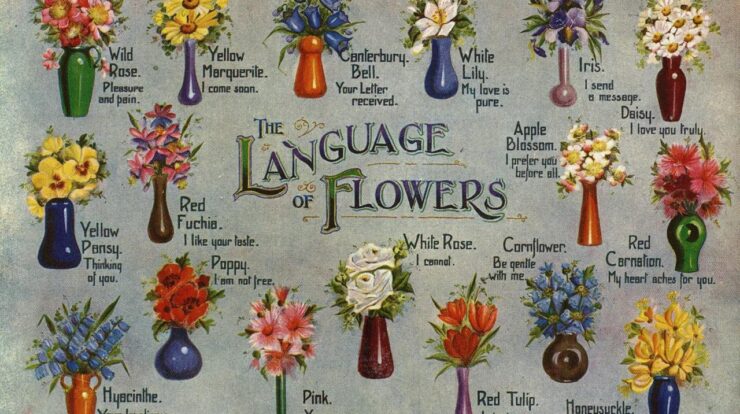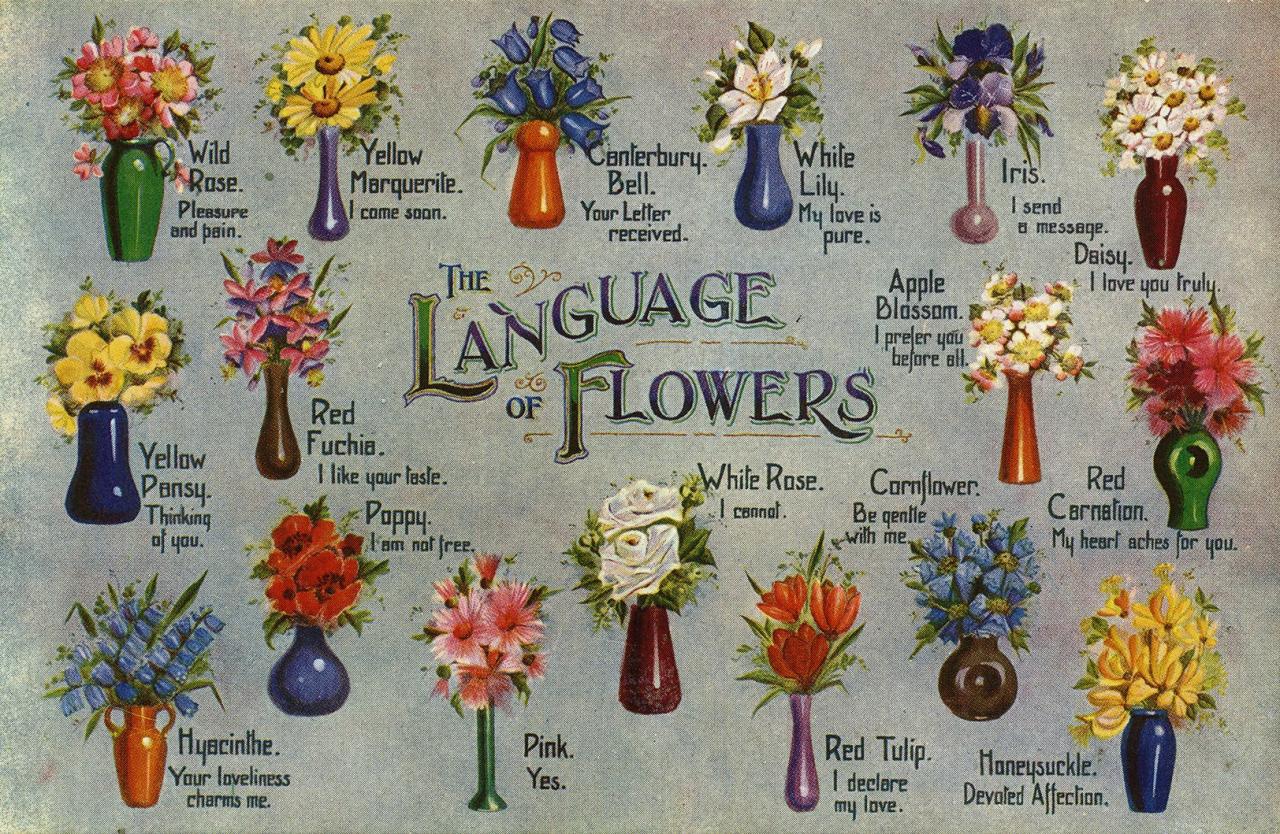
Delving into the enigmatic world of sheet language meaning, we embark on a journey that unravels its historical roots, cultural significance, and modern-day applications. From its humble beginnings to its transformative role in communication, sheet language has left an enduring mark on human expression.
Throughout history, sheet languages have served as powerful tools for storytelling, knowledge sharing, and preserving cultural heritage. As we delve deeper, we will explore the diverse types of sheet languages, from ancient hieroglyphics to contemporary sign languages, each with its unique characteristics and purpose.
Sheet Language Definition: Sheet Language Meaning
Sheet language, also known as “linen speech” or “cloth language,” is a non-verbal form of communication that uses sheets or pieces of cloth to convey messages.
In its simplest form, sheet language can involve the use of colored sheets or flags to signal basic information, such as danger, warning, or all clear. More complex systems may employ specific patterns, symbols, or gestures to represent words, phrases, or entire sentences.
Historical Origins
The origins of sheet language can be traced back to ancient civilizations, where it was used for military signaling, religious ceremonies, and trade. In the 18th and 19th centuries, sheet language was widely adopted by navies and maritime communities as a means of communication between ships.
Cultural Significance
Sheet language has played a significant role in various cultures around the world. In West Africa, for example, the use of cloth to convey messages has been an integral part of traditional communication systems for centuries.
In many indigenous cultures, sheet language is closely tied to spiritual beliefs and rituals. For instance, among the Navajo people of North America, sacred sand paintings are used to represent stories, prayers, and healing ceremonies.
Types of Sheet Languages
There are numerous types of sheet languages, each with its own unique characteristics and purposes:
- Semaphore flags:Used by navies and maritime communities to send messages over long distances.
- Signal flags:Similar to semaphore flags, but used for more general communication purposes.
- Cloth signs:Used by deaf communities to communicate with hearing individuals.
- Quilts and textiles:In some cultures, quilts and other textiles are used to convey stories, traditions, and personal experiences.
Examples of Sheet Languages
Some specific examples of sheet languages include:
- International Maritime Signal Flags:A system of 26 flags used for communication between ships.
- American Sign Language (ASL):A widely used cloth sign language for deaf communities in the United States.
- Quilts of Gee’s Bend:A collection of quilts made by African American women in Gee’s Bend, Alabama, that are known for their intricate patterns and symbolic meanings.
Sheet Language in Modern Communication, Sheet language meaning
While traditional sheet languages are still used in certain contexts, they have also been adapted for use in modern communication channels:
- Emojis:Small digital images that can be used to convey emotions and ideas in online messages.
- Gifs:Animated images that can be used to add humor or emphasis to online conversations.
- Textiles in fashion:Designers are increasingly using textiles to convey messages and express creativity in fashion.
Future of Sheet Languages
As communication technology continues to evolve, it is likely that sheet languages will continue to adapt and find new applications:
- Augmented reality:Sheet language could be integrated into augmented reality applications to create interactive and immersive communication experiences.
- Wearable devices:Textiles and other sheet-like materials could be used to create wearable devices that can communicate information through patterns or gestures.
- Artistic expression:Sheet language may continue to be used as a form of artistic expression, allowing artists to convey complex ideas and emotions through the use of cloth and textiles.
Final Review

In the tapestry of human communication, sheet languages have woven intricate threads that connect cultures, bridge generations, and empower individuals. As we look to the future, the evolution of sheet languages promises to continue, shaping the way we interact and understand the world around us.
Essential Questionnaire
What is the origin of sheet language?
The origins of sheet language can be traced back to ancient civilizations, where symbols and pictographs were used to convey messages.
How many types of sheet languages exist?
There are numerous types of sheet languages, including sign languages, written languages, and programming languages, each with its own unique purpose and characteristics.
What is the cultural significance of sheet language?
Sheet language plays a vital role in cultural identity, storytelling, and the preservation of knowledge within different communities.




